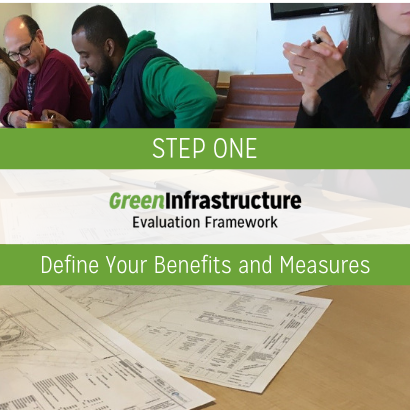
“Social Cohesion” can mean many things. NRPA’s definition comes from two sources:
• Forrest and Kearns noted that community cohesion occurs when those in the community have strong feelings and behaviors associated to trust, common values and a sense of belonging.
• The Center for Active Design’s ASSEMBLY Civic Engagement work highlights civic appreciation and trust, participation in public life and stewardship of the public realm as crucial tentpoles for social cohesion.
Research shows more community members engage in social and volunteer activities and community cohesion increases over time in cities and towns with expanded GI and greenspaces rather than those with only concrete or "grey" spaces. Rain gardens, green roofs, urban tree canopies and other features provide opportunities for a community to interact in new ways.
A community’s social cohesion — and the socialization of individuals in that community — is a key driver of physical and mental health. Socialization in parks also can boost community members’ physical activity as more and more are drawn to a park due to its GI project.
According to analysis from the Center for Active Design, when community residents see that public parks and other spaces are well-cared for and rehabilitated, their trust in their local government — and even in each other — increases over time.

During the last few decades, social science researchers have examined the links between various forms of greenery on violent and nonviolent crime in urban neighborhoods. A landmark study from 2001 (appendix, no. 26) found that Chicago apartment residents in greener surroundings reported less crime than did those living in greyer properties. Further, researchers have been investigating how GI features can impact neighborhood safety:
• In the early 2000s, Philadelphia installed GI features at many sites around the city to reduce stormwater flooding and save resources. A 2015 study (appendix, no. 27) examined more than 50 such sites and found statistically significant reductions in drug possession, burglary and other crimes compared to the level of crime in city neighborhoods with no GI.
• In Youngstown, Ohio, the greening of select vacant lots throughout the city also was associated with a statistically significant reduction in a wide variety of crimes compared to untreated lots.
Although researchers are still investigating why GI and other forms of green space are correlated with reduced crime, they propose two arguments:
1. As GI attracts more community members to exercise, socialize and engage in all sorts of activities in the park, more eyes are “patrolling” the space, thus discouraging criminal activity.
2. GI can lead to reduced stress and anxiety over time for community members, which could contribute to crime reduction.

Community activation, as explored in this Framework, refers to the GI-related actions that your project can inspire throughout the community; these actions can include increased use of GI on residents’ properties or community involvement in your project’s development, construction and opening.
The main goals of the GI movement in the United States consists not only of expanding projects in parks and other public spaces, but also helping community members learn more about GI and implement it on their own. Your efforts in raising the public's awareness of your project ideally will lead to a proliferation of private projects across your community, creating more support for future GI work.

